If you recall , the news items of the water contamination / ground water contamination / leaking all over the place problems commenced earlier this month. Did the 5.8 Mag quake on August 4th break the proverbial camel's back , following 4 prior 5.5 + Mag quakes since March 1 , 2013 ?
and 5 strong quakes since March ....
Consider how dire " tone " has really gone many decibels higher and much more shrill during the month of August ..... but Tepco was scurrying even before then , as noted below . But things still have gotten worse this month - I wonder if 8/4 quake was " hump day " ? Note how things have fallen apart since early August !
Items of the day.....
Another leak , this time Reactor Building 4....
Tritium density reflecting recriticality occurring ?
http://ex-skf.blogspot.com/2013/08/fukushima-i-nuke-plant-ro-waste-water.html
( Overview of Tepco extraordinary presser on Saturday August 24 , 2013 )
That was what TEPCO's ad hoc press conference on August 24 was about, it seems.
Three tanks including the one that is leaking were originally in the H1 area, closer to the in-the-ground water storage ponds. But when TEPCO conducted the test of the tanks by filling them with water in July 2011, it caused the land subsidence of about 20 centimeters which cracked the concrete platform.
The tanks were then disassembled, moved to the H4 area, and reassembled in September 2011, tested and came online in October 2011.
These three tanks were of different height from other tanks used for RO waste water, and were made by a different manufacturer (unnamed).
TEPCO says it was unaware that the tank No.5 in H4 area, and two others in the same area, had been disassembled, moved and reassembled.
According to the handout at the press conference on August 24, 2013,
H1 No.3 tank became H4 No.10 tank.
H1 No.4 tank became H4 No.5 tank (that is leaking).
H1 No.8 tank became H4 No.3 tank.
H4 No.5 tank has been emptied, and TEPCO is moving water from the other two tanks as precaution.
Photos of the cracked and sunk concrete platform of the H1 area, from July 2011 right after the first Reverse Osmosis Apparatus went online on 6/17/2011 (higher-capacity RO Apparatus by Hitachi didn't come on line until 8/7/2013):
(From TEPCO's Photos and Videos Library, 8/24/2013)
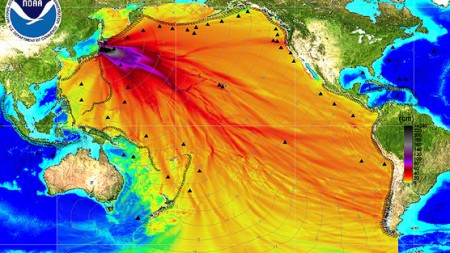 Except that using the future tense there is unfortunately inappropriate: as theNew York Times confirmed yesterday, the Fukushima plant has been incontinent to the tune of 75,000 gallons, or 300 tons, of highly radioactive water a day since the 2011 incident was first apparent.
Except that using the future tense there is unfortunately inappropriate: as theNew York Times confirmed yesterday, the Fukushima plant has been incontinent to the tune of 75,000 gallons, or 300 tons, of highly radioactive water a day since the 2011 incident was first apparent.
 Most seabirds eat fish. All herons eat fish. Foxes, larger rodents and Homo sapiens eat birds. Apply the predation laterally, and the end of fish in two or more of the oceans is the end of thousands of species who either codepend with fish…or will starve without them.
Most seabirds eat fish. All herons eat fish. Foxes, larger rodents and Homo sapiens eat birds. Apply the predation laterally, and the end of fish in two or more of the oceans is the end of thousands of species who either codepend with fish…or will starve without them.
M 5.8 - NEAR EAST COAST OF HONSHU, JAPAN - 2013-08-04 03:28:51 UTC
I felt this earthquake
| Summary | Maps | Testimonies | Pictures | List of data providers | Scientific data | ||
|
and 5 strong quakes since March ....
| Results found : 5 | |||||||||||||
Citizen
Response | Date & Time
UTC
| Latitude
degrees
| Longitude
degrees
| Depth
km
|
Mag
|
Region name
| |||||||
|---|---|---|---|---|---|---|---|---|---|---|---|---|---|
| 1 | |||||||||||||
| 1 | F | 2013-08-04 03:28:51.0 | 38.26 | N | 141.81 | E | 60 | 5.8 | NEAR EAST COAST OF HONSHU, JAPAN | ||||
| 2013-07-20 06:06:23.0 | 36.21 | N | 141.82 | E | 20 | 5.6 | NEAR EAST COAST OF HONSHU, JAPAN | ||||||
| 1 | F | 2013-05-18 05:48:01.0 | 37.79 | N | 141.51 | E | 52 | 6.0 | NEAR EAST COAST OF HONSHU, JAPAN | ||||
| F | 2013-04-29 13:01:42.0 | 35.76 | N | 140.97 | E | 10 | 5.5 | NEAR EAST COAST OF HONSHU, JAPAN | |||||
| 2013-04-17 12:03:31.0 | 38.53 | N | 141.56 | E | 45 | 5.9 | NEAR EAST COAST OF HONSHU, JAPAN | ||||||
| 1 | |||||||||||||
Consider how dire " tone " has really gone many decibels higher and much more shrill during the month of August ..... but Tepco was scurrying even before then , as noted below . But things still have gotten worse this month - I wonder if 8/4 quake was " hump day " ? Note how things have fallen apart since early August !
[Column] Tepco may be gaining time before press question % of the direct leakage of the coolant water to the sea
Posted by Mochizuki on August 2nd, 2013
Everything started this Spring. Suddenly Tepco got panicking and tested around everywhere in the plant area. All the results showed high level of radiation. It showed the possibility of sea contamination, but for some reason, they kept denying it. 2 weeks ago, they finally admitted and decided to build the wall on the coastal line. [...]
[300m3 leakage] Vice president of Tepco “Leaked water may have flowed to the sea”
Posted by Mochizuki on August 22nd, 2013
Following up this article..[300m3 leakage] Fukushima nuclear plant has 350 more tanks of the same type / Rubber sealing instead of welding [URL] In the press conference of 8/21/2013, Tepco’s vice president Aizawa commented there is a possibility that a part of the 300m3 of the leaked contaminated water flowed to the near drain [...]
Tepco to hold the extraordinary press conference about 300m3 leakage
Posted by Mochizuki on August 24th, 2013
On 8/24/2013, Tepco announced they are going to hold the extraordinary press conference about 300m3 leakage from 18:00 (JST). As far as Fukushima Diary knows, Tepco hasn’t held an extraordinary press conference on Saturdays since after 311. http://www.tepco.co.jp/cc/press/2013/1229992_5117.html Iori Mochizuki You can ignore the truth but the truth won’t ignore you. _____ [...]
Items of the day.....
Another leak , this time Reactor Building 4....
[More leakage] Tepco employee found 8m3 of leakage on filling reactor4 with “filtered” water
Posted by Mochizuki on August 25th, 2013 · No Comments
On 8/25/2013, Tepco announced their employee found another water leakage in front of the switching station of reactor3&4 around 3PM.
They were filling reactor4 well with filtered water. The leakage occurred on the process.
Probably the leaked water has α & β nuclides unfiltered but the radiation density is not announced. It is not announced why they were filling reactor4 well with water either.
The filtered water tank lost 8m3 of water, which Tepco assumes to be the leaked amount.
Tritium density reflecting recriticality occurring ?
460,000,000 Bq/m3 of Tritium detected from the pumped up groundwater in seaside of reactor2
Posted by Mochizuki on August 25th, 2013 · No Comments
Since 8/15/2013, Tepco is pumping up the groundwater on the seaside of reactor2.
(cf, Well point got in operation to pump up groundwater / laid on vinyl sheet and sandbag, plywood boards [URL])
According to Tepco, high level of Tritium and all β nuclides (Strontium-90 etc..) are detected from water pumped up too.
Sampling date was 8/19/2013. Tritium density of pumped up water was the highest among all the samples taken in the seaside of reactor2.
The readings are..
Tritium 460,000,000 Bq/m3
All β (Strontium-90 etc..) 190,000,000 Bq/m3
Tritium density in Fukushima port marked the highest readings in all of North, East, West, South and Inlet areas
Posted by Mochizuki on August 25th, 2013 · No Comments
According to Tepco, they measured the highest density of Tritium in 5 locations of Fukushima nuclear plant port on 8/19/2013.
The Tritium contamination of seawater is becoming worse.
The location is the North, East, West, South and the inlet area of the port. Tritium density marked the highest in all of those areas.
The highest reading was 68,000 Bq/m3 in the inlet of the port. The past highest reading was 29,000 Bq.m3 measured on 6/26/2013.
The largest increase was detected in the South part of the port, where is in reactor3&4 side.
The reading was 60,000 Bq/m3, which is 18 times much as the past highest reading of 8/12/2013.
Tepco lying about amount of groundwater flowing into plant ?
1,388 m3 of groundwater used to flow into the plant everyday before 311
Posted by Mochizuki on August 25th, 2013 · No Comments
In early August, Tepco announced 1,000 m3 of groundwater flow to the plant every single day.
On 8/23/2013, Tepco revised their own estimate. They state it’s only 800 m3 based on their new simulation model.
However, their own record reports 1,388 m3 of groundwater (average) used to flow to the plant buildings everyday before 311.
This is stated 3 page before they mention 800 m3 of groundwater on the same report.
Now Tepco is struggling with the increasing groundwater on the seaside of reactor2, but reactor2 received the least groundwater according to Tepco’s report before 311, which is 80 m3/day.
This is only 27% of the groundwater to flow to reactor4.
There is a possibility that Tepco was having the press focus on the least serious problem among other risks.
http://ex-skf.blogspot.com/2013/08/fukushima-i-nuke-plant-ro-waste-water.html
( Overview of Tepco extraordinary presser on Saturday August 24 , 2013 )
SUNDAY, AUGUST 25, 2013
#Fukushima I Nuke Plant: RO Waste Water Tank That Leaked Had Been Moved from Another Area After Ground Sank
That was what TEPCO's ad hoc press conference on August 24 was about, it seems.
Three tanks including the one that is leaking were originally in the H1 area, closer to the in-the-ground water storage ponds. But when TEPCO conducted the test of the tanks by filling them with water in July 2011, it caused the land subsidence of about 20 centimeters which cracked the concrete platform.
The tanks were then disassembled, moved to the H4 area, and reassembled in September 2011, tested and came online in October 2011.
These three tanks were of different height from other tanks used for RO waste water, and were made by a different manufacturer (unnamed).
TEPCO says it was unaware that the tank No.5 in H4 area, and two others in the same area, had been disassembled, moved and reassembled.
According to the handout at the press conference on August 24, 2013,
H1 No.3 tank became H4 No.10 tank.
H1 No.4 tank became H4 No.5 tank (that is leaking).
H1 No.8 tank became H4 No.3 tank.
H4 No.5 tank has been emptied, and TEPCO is moving water from the other two tanks as precaution.
Photos of the cracked and sunk concrete platform of the H1 area, from July 2011 right after the first Reverse Osmosis Apparatus went online on 6/17/2011 (higher-capacity RO Apparatus by Hitachi didn't come on line until 8/7/2013):
(From TEPCO's Photos and Videos Library, 8/24/2013)
After the crack happened, the tanks were disassembled, and moved to the H4 area and reassembled after the soil was amended in the H4 area.
As I showed the diagram of the tank in my previous post, the bottom panels are SS400 with 16-millimeter thickness, riveted together.
TEPCO didn't find any leak on the visible part of the tank, which leaves only one possible leak location: the bottom. TEPCO's handout for the press on August 23, 2013 admits as much (English labels and added explanation are by me):
As I showed the diagram of the tank in my previous post, the bottom panels are SS400 with 16-millimeter thickness, riveted together.
TEPCO didn't find any leak on the visible part of the tank, which leaves only one possible leak location: the bottom. TEPCO's handout for the press on August 23, 2013 admits as much (English labels and added explanation are by me):
Photos of the bottom of No.5 tank after the water was emptied (from TEPCO's Photos and Videos Library 8/24/2013):
Meanwhile, Mainichi Shinbun interviewed the chairman of a TEPCO subcontractor in Iwaki City in Fukushima who Mainichi claims is knowledgeable about how the contract for the tanks was made between TEPCO and the general contractor whom this chairman knows well.
According to the chairman, it was just as "Sunny" said in his tweet (see my previous post): "Bad but Cheap", and quick.
From Mainichi Shinbun (8/25/2013; part):
According to the chairman, it was just as "Sunny" said in his tweet (see my previous post): "Bad but Cheap", and quick.
From Mainichi Shinbun (8/25/2013; part):
廃炉作業に参加している東電協力会社(福島県いわき市)の会長(72)は毎日新聞の取材に「タンクは工期が短く、金もなるべくかけずに作った。長期間耐えられる構造ではない」と証言した。
The chairman of a TEPCO affiliate company (in Iwaki City, Fukushima Prefecture) which participate in the decommissioning work said to Mainichi Shinbun, "Tanks were made on short construction period and as economically as possible. They were not made to last a long time."会長が東電幹部やゼネコン関係者から聞いた話では、今回水漏れを起こしたタンクは、設置工事の期間が短かった上、東電の財務事情から安上がりにすることが求められていた。タンクは組み立て式で、猛暑によってボルトや水漏れを防ぐパッキンの劣化が、通常より早まる可能性も指摘されていたという。
From what the chairman heard from TEPCO managers and the general contractor involved in the project, the tanks including the one that leaked this time had to be installed in a short time frame, and due to TEPCO's financial situation they were made as economically as possible. The tanks were assembled, and it was pointed out that hot summer heat may quicken the deterioration of bolts and packing [gasket] used to prevent leaks.
会長は「野ざらしで太陽光線が当たり、中の汚染水の温度は気温より高いはず。構造を考えれば水漏れは驚くことではなく、現場の感覚では織り込み済みの事態だ。現場の東電の技術スタッフも心配はしていた」と明かす。
The chairman said, "They are out in the open in direct sunlight. I assume the temperature of the contaminated water inside the tanks are higher than the air temperature. Given how they were built, the leak is not surprising. As far as the site managers (workers) are concerned, the situation [leak] has been factored in. TEPCO's engineering staff at the plant were concerned."
Independent journalist Ryuichi Kino has repeatedly asked TEPCO in the press conference at every opportunity, "Are these tanks safe? Are you going to replace them with more secure, welded tanks?" He first asked the question when the first of these tanks (smaller, square tanks that were also assembled from steel sheets), which were to be used to store the water treated by Areva's co-precipitation system and Kurion's cesium absorption tower (and that was in June 2011). Kino kept asking the question for the next two-plus years, and TEPCO's answer at the press conference was always "We plan to continue to use them, we have countermeasures (like concrete platform and dam, sand bags, patrol by the workers) in place."
It is understandable that TEPCO needed something quick in the early months of the accident. But not to have replaced the quick fix with more permanent solution is no excuse. If money was really the (only) issue, the company should have made that abundantly clear to the largest shareholder (the national government) a long time ago and explored the ways to raise enough money.
But that's too much to ask from a company who couldn't speak up against the meddling Kan administration in the early days of the accident, couldn't transport the necessary batteries without proper permit on the highway, and put all the burden of dealing with the government on the plant manager who was in the middle of fighting triple core melts.
It is understandable that TEPCO needed something quick in the early months of the accident. But not to have replaced the quick fix with more permanent solution is no excuse. If money was really the (only) issue, the company should have made that abundantly clear to the largest shareholder (the national government) a long time ago and explored the ways to raise enough money.
But that's too much to ask from a company who couldn't speak up against the meddling Kan administration in the early days of the accident, couldn't transport the necessary batteries without proper permit on the highway, and put all the burden of dealing with the government on the plant manager who was in the middle of fighting triple core melts.
Meanwhile things keep getting worse......
Cs-134/137 density of reactor1 seawater increasing over 10 times much since this May
Posted by Mochizuki on August 25th, 2013 · 1 Comment
According to Tepco, Cesium-134/137 density of reactor1 seawater has been in the increasing trend since this May.
Tepco is focusing on the seawater contamination in reactor2 and 3, but they hardly report the reactor1 seawater contamination.
The location is the water intake of reactor1. Cs-134/137 is now over 10 times much as late May. In other locations, such an increase is not seen.
The radiation level of the groundwater is increasing on the seaside of reactor1, which is probably the source, but Tepco doesn’t make more borings “due to the debris and temporary facilities“.
However in the press conference of 8/23/2013, Tepco admitted the possibility of the direct leakage of the coolant water from reactor1 turbine building.
The true crucial leakage might be in what Tepco doesn’t often update.
Nuclear Experts: Portion of Fukushima’s molten fuel believed to have “moved into earth” — Melted cores contacting groundwater may be cause of recent spike in radiation levels -CTV
The Slog breaks it down......
THE SATURDAY ESSAY: Fukushima disaster’s owners Tepco admit three leaking tanks were second hand
Why the wages of Fukushima spin is Death
In today’s (Saturday) press conference of 24th August 2013, Tepco announced that the three leaking tanks have been reused – ie, recycled. It stated that the three tanks were initially installed in a different area, which then had 20cm of land subsidence in July of 2011. The base concrete sank underground. Instead of abandoning the potentially damaged tanks, they reused them in what can only be seen as a cost-cutting exercise. Let all those who robotically oppose regulation now read on.
The more Fukushima unravels, the more it resembles the famous 1970s disaster film, The Towering Inferno: poor design, contractors cutting corners, and then deliberately watered-down warnings leading to loss of life on an unnecessary scale. Except that on this occasion, it isn’t 200 people trapped on the 102nd floor, it’s the entire ecosystem of Planet Earth at risk.
Even over the last two days, I’ve been getting the usual morons telling me, emphatically, that there is no cause for alarm - although I do note they aren’t there this morning. This might have something to do with the fact that yesterday afternoon European time, the Mayor of Fukushima admitted at a press conference that the fourth reactor leakage into the sea “is not controlled”, a negatively polite way of confirming what those in the know have been telling me since Wednesday last: as of now, nobody has a clue how to stop the leakage.
One source – who has been advising on nuclear events since the 1950s era, when he was a UK Whitehall official helping prepare for World War III, told me “Which genius put a storage pool 100 feet above ground? If reactor number 4 does collapse, then Western America had better watch out…General Electric, who designed these reactors, has some serious questions to answer….I would also advise your Sloggers, not to buy fish products, salmon, tuna, sushi from the Pacific: as the Caesium plume spreads, the chances of ingesting contaminated fish will grow, and it will be interesting to ascertain what measures government is taking in this regard….”.
Well, as of a week ago, the answer was “none”, because the Japanese and US authorities blatantly lied to all of us about the size of the plume escape so far, and were until late Thursday continuing to underplay the sea escape. And going back to the GE installation itself, three engineers resigned at the time over concerns about design and materials: On February 2, 1976, Gregory C. Minor, Richard B. Hubbard, and Dale G. Bridenbaugh blew the whistle on safety problems, returning to prominence in 2011 when the first signs of disaster at the Japanese plant became apparent.
Says another experienced consultant to the sector, “Nobody has suggested the [FOI data) is a fake, and if it is genuine, then you could almost put Washington and Tokyo on trial for crimes against humanity". Others are holding fire until they see more data - fair enough - but as the admissions start to seep out beneath the frosted glass along with the emissions, most are preparing for the worst.
"This leak is very serious," said Dr. Janette Sherman, an Alexandria, Virginia-based physician who specialises in radioactive and toxic exposure. Fukishima expert Ken Buesseler observes that, "There is still a lot of contamination at Fukushima—in the land, in the buildings, and now from these tanks. Every bit of news that we've been getting is that the [radioactivity] numbers are going up. I’m becoming less confident that [TEPCO] can contain the problem”. It’s a view shared by the Japanese Nuclear Regulation Authority, which also warns that the latest leakage problem might be beyond TEPCO’s ability to cope. “We should assume that what has happened once could happen again, and prepare for more,” watchdog chairman Shunichi Tanaka told a news conference, “we are in a situation where there is no time to waste.”
But there is one commonsense point that perhaps too many half-interested observers are missing: Fukushima is a unique double whammy, in that the radioactivity is emerging both as atmospheric plume and seaborne toxicity.
A plume will, eventually disperse or escape and become relatively harmless….although twenty seven years after Chernobyl, some of Scotland’s lamb output is deemed too dangerous to eat. But 80% of Fukushima’s escape has been into the sea….and this leakage is, according to Japan’s own scientists, “more deadly than the others”. Sea radiation’s direction is much more predictable, and doesn’t dissipate at anything like the speed of an atmospheric plume (I’m reliably informed). This is how the spread will look soon enough:
 Except that using the future tense there is unfortunately inappropriate: as theNew York Times confirmed yesterday, the Fukushima plant has been incontinent to the tune of 75,000 gallons, or 300 tons, of highly radioactive water a day since the 2011 incident was first apparent.
Except that using the future tense there is unfortunately inappropriate: as theNew York Times confirmed yesterday, the Fukushima plant has been incontinent to the tune of 75,000 gallons, or 300 tons, of highly radioactive water a day since the 2011 incident was first apparent.
It’s just that Tepco denied it. Now you can see why the sea damage is a direct threat to Australia and South America, and the wind-blown plume will kill over a million Californians by 2030….allegedly.
As a direct result of that latter 20th century euphemism ‘spin’, a great many people – and trillions of tons of fish – are now going to die. But anyone who understands even the basics of species interdependence will grasp that the fish deaths will merely change our diets. In the type of species interaction known as predation, a big species regularly consumes or eats another species. For example, a tiger eats deer, a snake eats rat, an eagle eats rabbit and micee are prey. The predator is usually the larger animal.
 Most seabirds eat fish. All herons eat fish. Foxes, larger rodents and Homo sapiens eat birds. Apply the predation laterally, and the end of fish in two or more of the oceans is the end of thousands of species who either codepend with fish…or will starve without them.
Most seabirds eat fish. All herons eat fish. Foxes, larger rodents and Homo sapiens eat birds. Apply the predation laterally, and the end of fish in two or more of the oceans is the end of thousands of species who either codepend with fish…or will starve without them.
Omnivores like us can survive….but not if nobody tells us the truth, and as a result we ingest radioactive flesh.
To offer two examples at random: the Great Barrier Reef will become a major shipping hazard if all the fish die. It’s only kept under control by several codependent piscean species which feed on it. In fact, the economics of ecological interdependence are terrifying….assuming you’re human. We are, after all, the only species with an economic system, as none of the others GAF: but if fish die, fisherman starve; if avians die, whole manufacturing sectors die; and if opportunistic predators get hungry, they turn to eating other things. Like, um, us. Ask the Aussies about the crocs…they’ll tell you all you need to know. On Queensland’s Daintree river Down Under, the failure of riverside plant species kills small river dwellers upon whom crocodiles feed. So the crocodiles (like UK foxes) venture into suburbia, drag off the odd child, and….not pleasant.
Now I’m sure like me, you just know that every neoliberal dickhead driving forward that Pepsico canning subsidiary in the Phillipines loses sleep on a nightly basis fretting about predation. And so I’m equally sure that, just like me, you feel totally relaxed about manta rays whose tails light up for the most inexplicable of reasons, and taste like like strontium stew. But for those folks of a more
grounded and sane nervous disposition, the stuff that’s been coming out of Fukushima for nearly two and a half years now consists of one part spin, and one part potential planetary extinction.
There is no such thing as ‘spin’. There are in fact three types of lies: those told because individuals are insecure, and harmlessly ‘big themselves up’; those told to protect the feelings of others for whom they care; and those told for gain in terms of both money and power. Fukushima, whichever way you cut it, is a non-stop series of lies designed to obfuscate the danger, cover up blame, help Obama get re-elected, and keep the Japanese economy propped up. It represents the most jet-black series of unspeakable lies since Nixon spent a year saying an obvious whitewash wasn’t taking place at the White House.
Tricky Dicky, of course, would pale by comparison with today’s leaders, and their terminally toxic mendacity. But for sure, he would’ve approved of what the Japanese and American administrations have been doing since April 2011: deniable culpability, and all that.
 Posted in
Posted in  Tags:
Tags: 



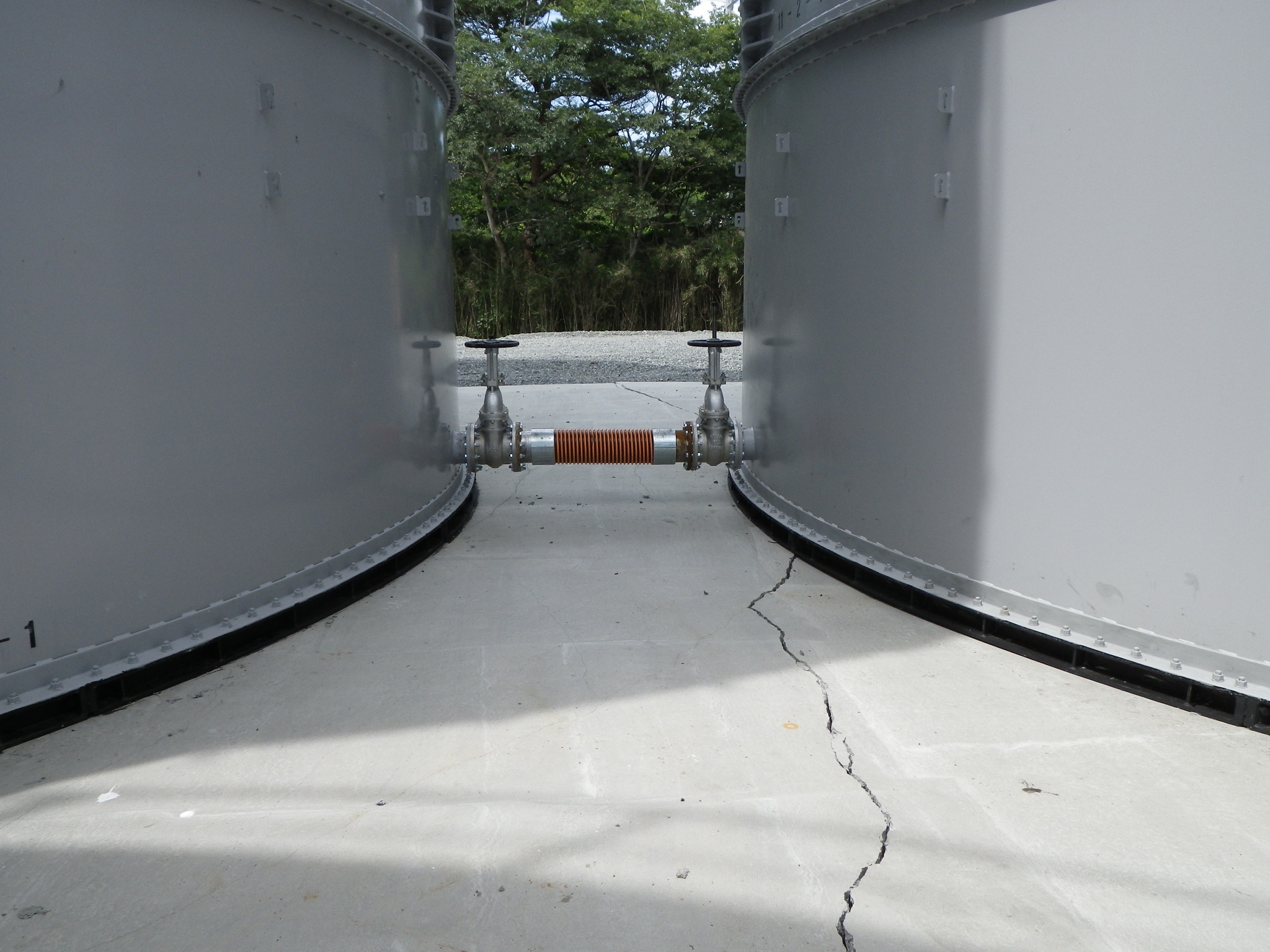
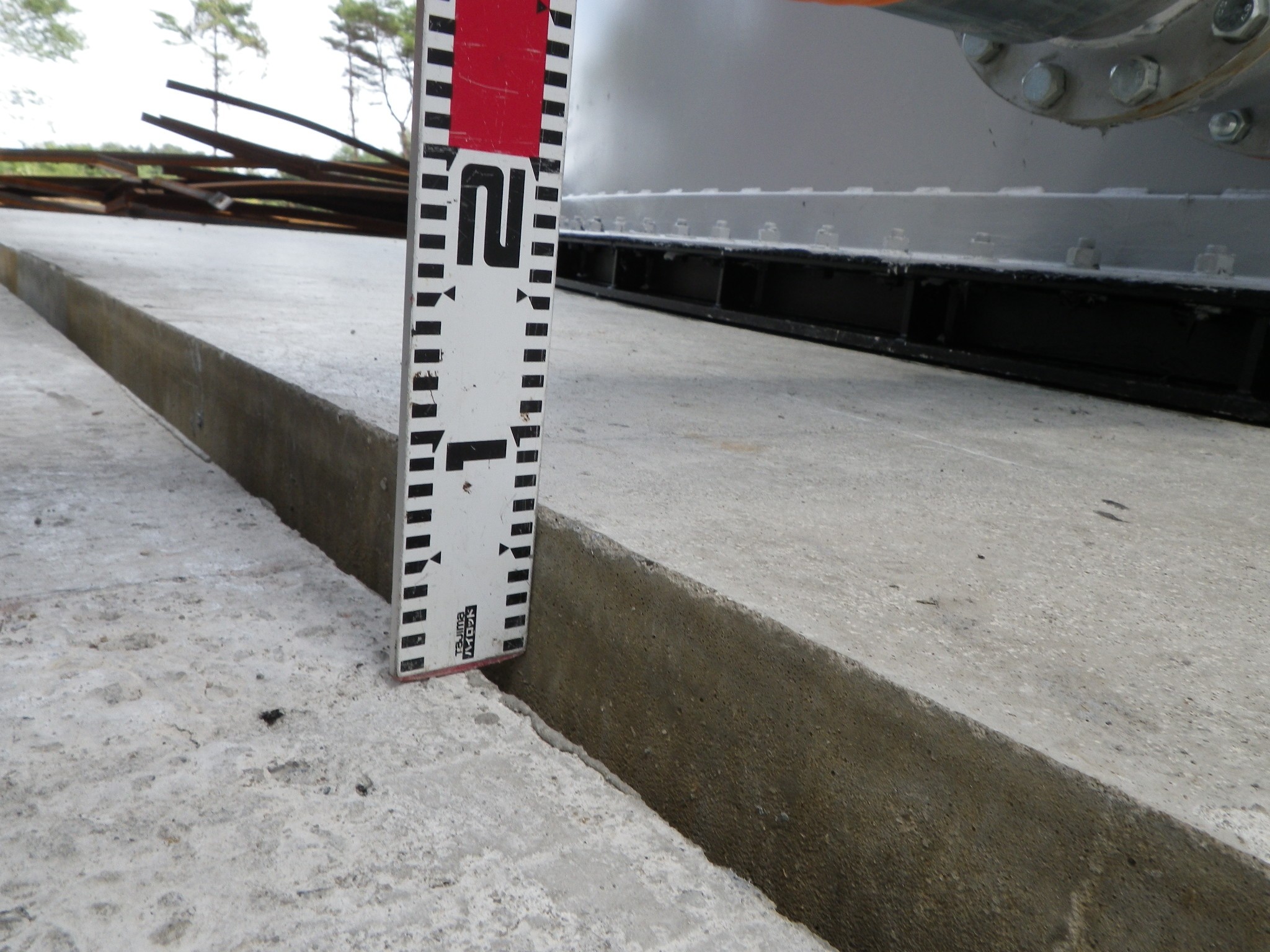

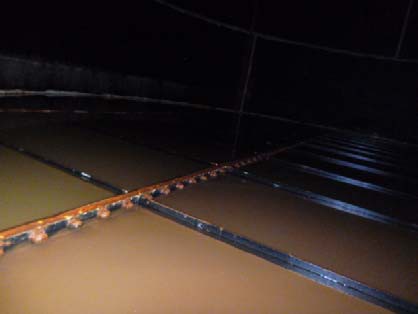

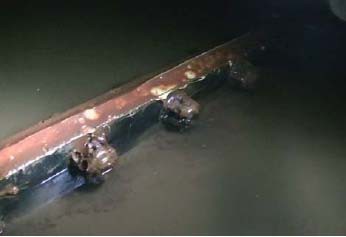



No comments:
Post a Comment